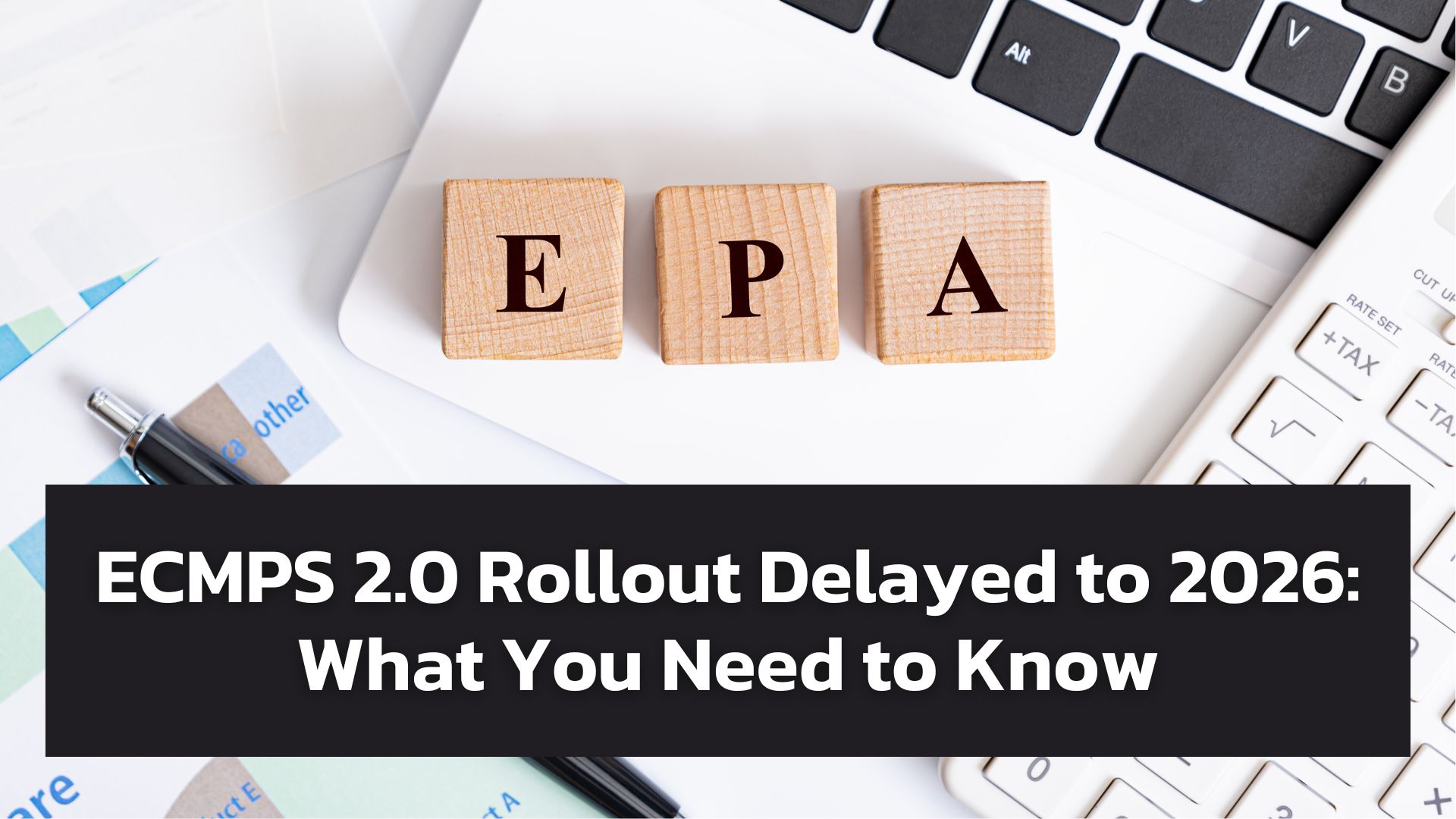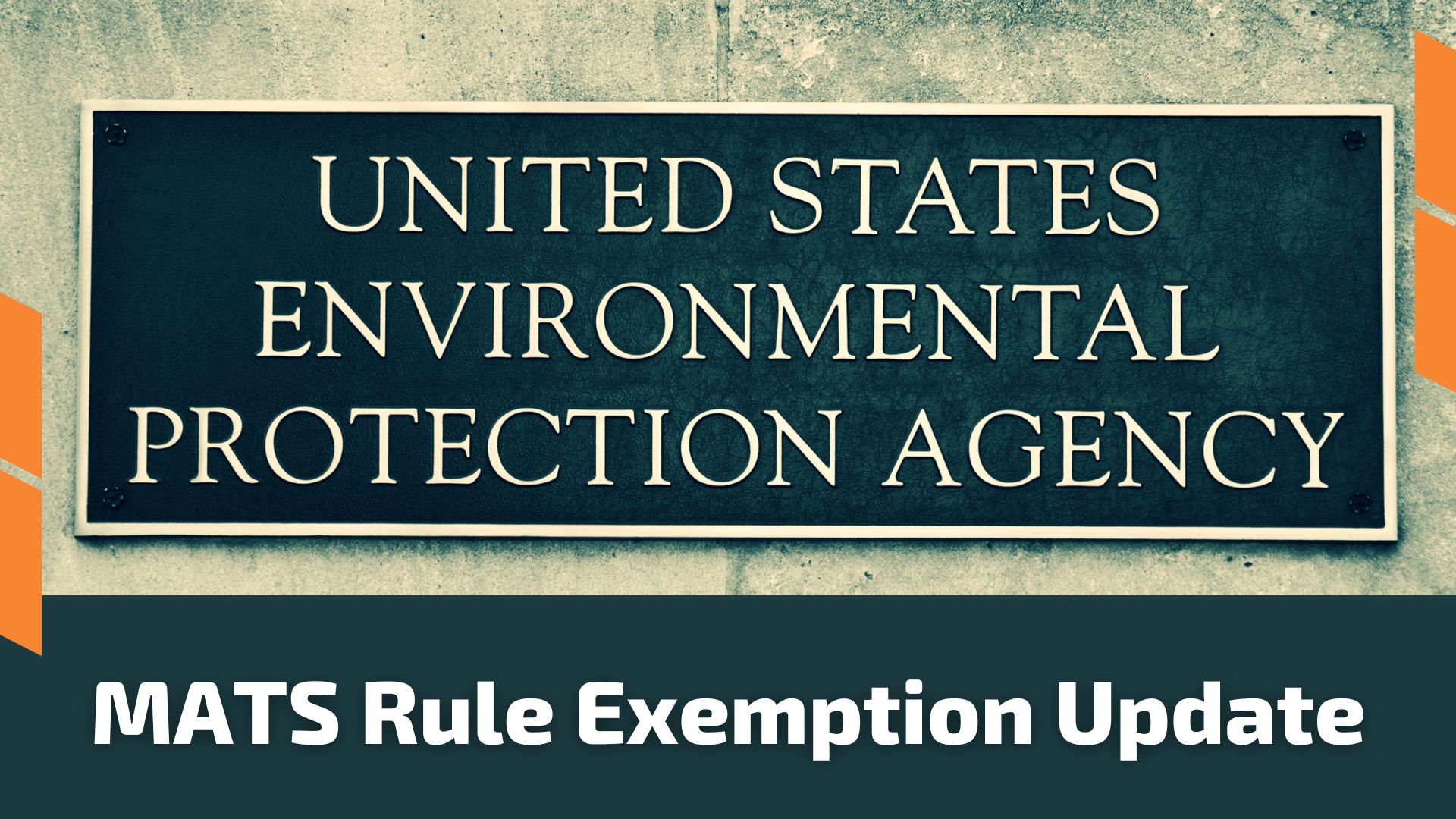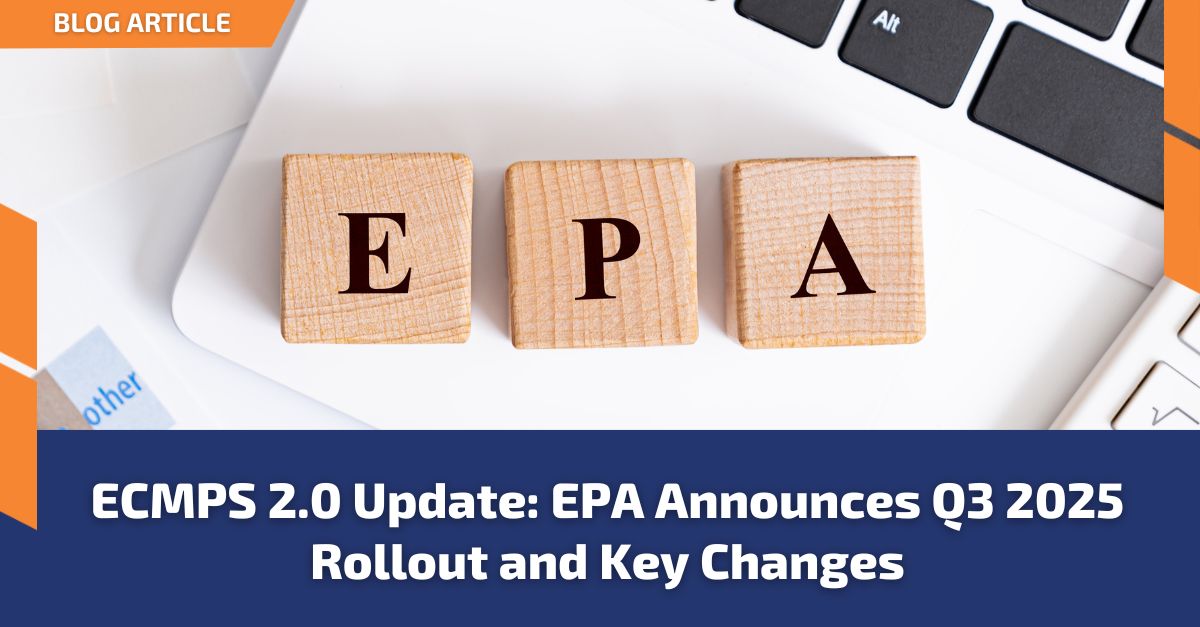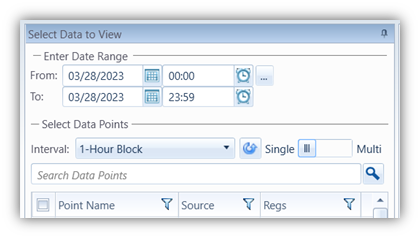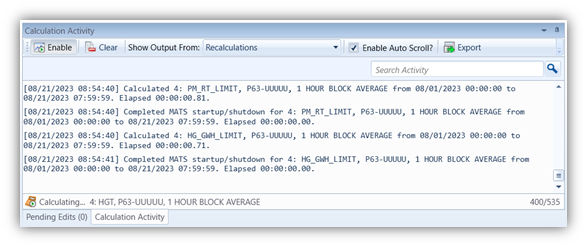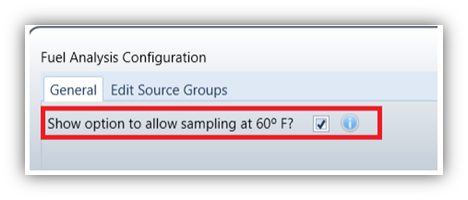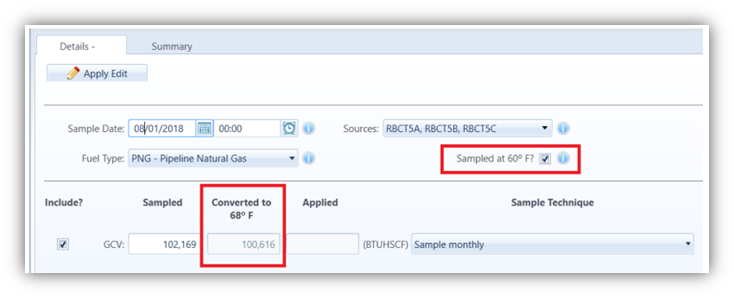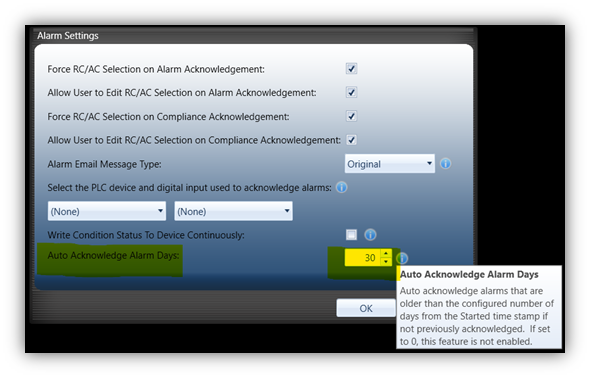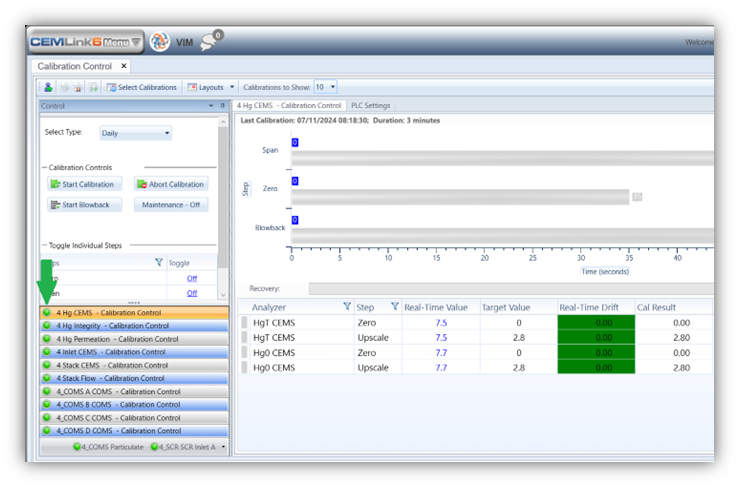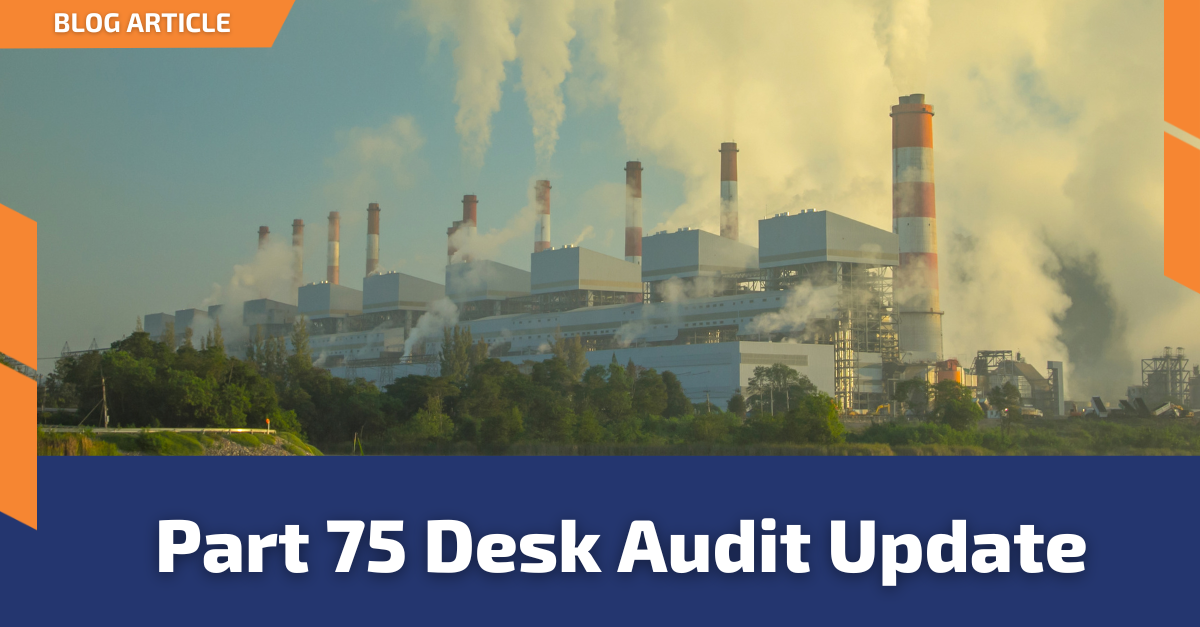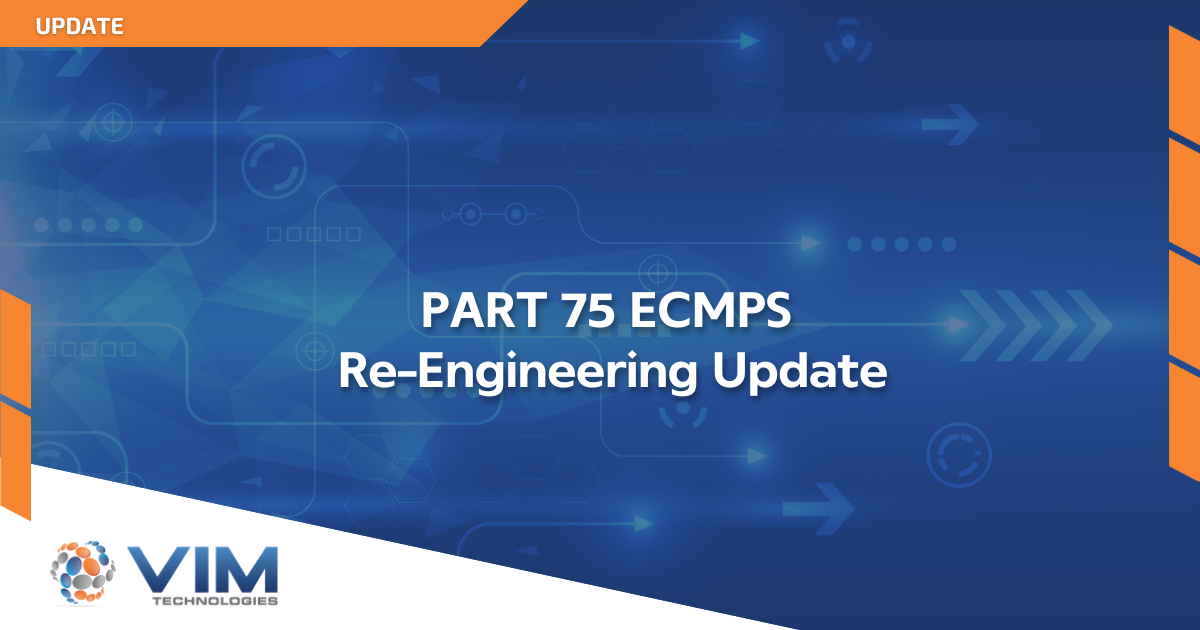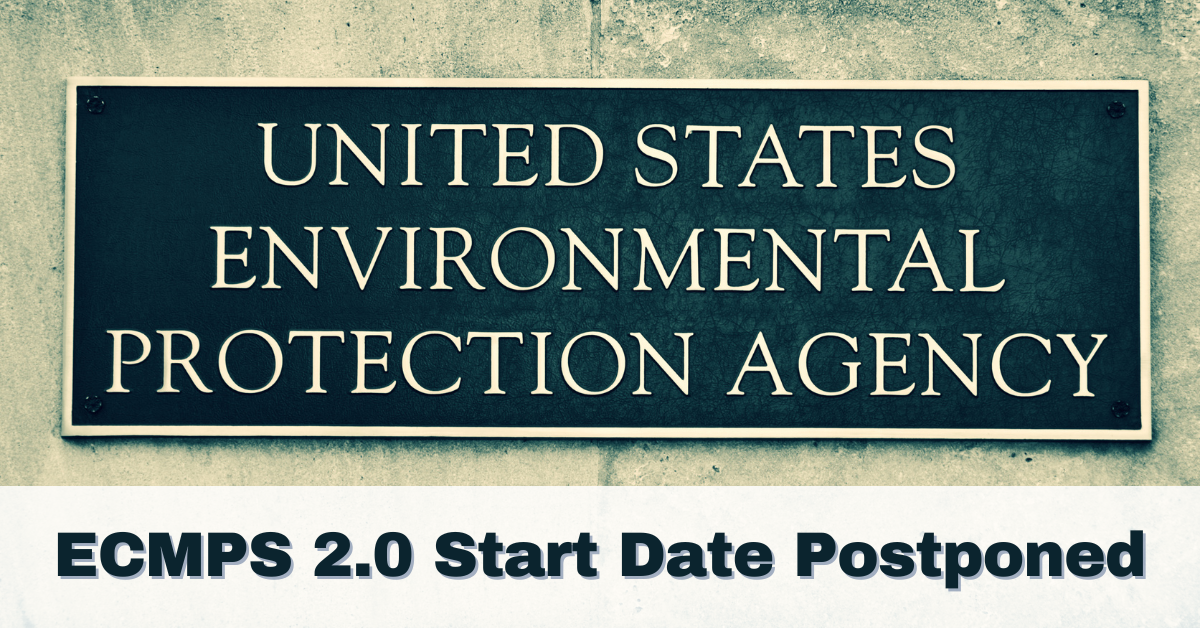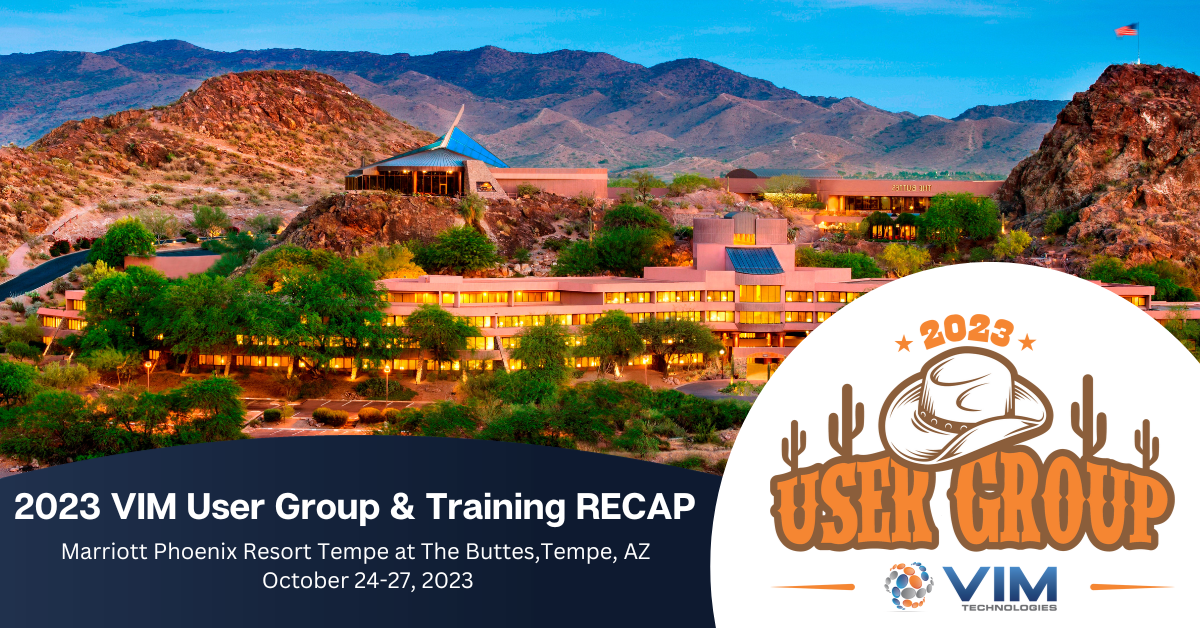VIM’s Exclusive EPAS Service Pays Dividends
VIM’s EPAS Service
Your facility’s environmental compliance program is only as strong as its documentation, procedures, and technical infrastructure. VIM Technologies’ Environmental Project Assessment Service (EPAS) is a turnkey solution to:
- Evaluate your current compliance framework
- Clarify applicable regulations
- Document systems, data flows, data validation, averaging, reporting, and procedures
- Recommend tailored improvements
Not sure of existing systems, antiquated and disparate documentation? Bring it all to 100% with a complete assessment by VIM’s EPAS Service.
1. Deep Dive Compliance Evaluation
- Regulation Gap Analysis
We catalog every applicable federal and state regulation—down to emission limits, averaging periods (e.g., 24‑hour rolling vs. block averages), and validity criteria (startup/shutdown exemptions, valid data windows). - Process & Data Review
From process‑signal availability to data‑validation rules, we document each environmental data point, its source, and document how it is currently being generated and reported.
2. Comprehensive Program Documentation
EPAS delivers a complete “snapshot” of your compliance program, including:
- System Architecture Diagrams
Network topology, communication protocols, data‐flow schematics, server and workstation placement. - Procedure & SOP Library
Operating procedures, QA/QC plans, site specific monitoring plans, and maintenance checklists. - Intellectual‑Property Capture
Transfer of tribal knowledge from long‑time operators into living, up‑to‑date documentation.
This library becomes your single source of truth—vital when onboarding new staff, working with compliance partners, or embarking on new projects/enhancements.
3. Technical Specifications
In many cases, “knowing what you don’t know” comes to roost early in the process of an environmental project. Lack of clarity can result in project delays and cost overruns. EPAS bridges that gap by identifying all existing systems and processes:
- A fully detailed Technical Requirements Document, covering:
- Complete up to date I/O documentation
- Emission limits, averaging, validity rules
- Regulatory report formats (federal, state, and internal)
- Hardware footprints, data flow, communication protocols, and infrastructure
- Software licensing, data‑backup and disaster‑recovery procedures
With these specifications in hand, you can move forward with confidence—knowing that all existing systems are documented with 100% accuracy.
4. Actionable Improvement Roadmap
Based on our findings, you receive a prioritized set of recommendations to:
- Optimize data‑collection reliability
- Strengthen QA/QC processes
- Streamline reporting workflows
- Reduce manual intervention and error potential
- Align your compliance program with best‑practice benchmarks
Why EPAS Matters
- Reduce Risk: Eliminate ambiguities that lead to non‑compliance or enforcement actions.
- Save Time: Free your staff from reinventing the wheel every time systems and /or resources change.
- Control Costs: Minimize rework, change orders, and overtime.
- Future Proof: Build a living compliance framework that scales with new regulations and facility expansions.
Next Steps
- Schedule a Scoping Call
We’ll review your current program and define the EPAS engagement scope. - Engagement Kick‑off
Onsite or remote workshops to gather data and interview stakeholders. - Delivery & Debrief
Walkthrough of findings, documentation handoff, and roadmap presentation.
Ready to make your compliance program bulletproof?
Contact VIM Technologies today to learn how EPAS can turn regulatory complexity into competitive advantage.


